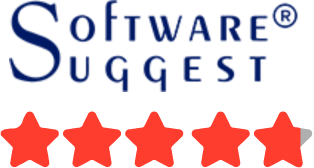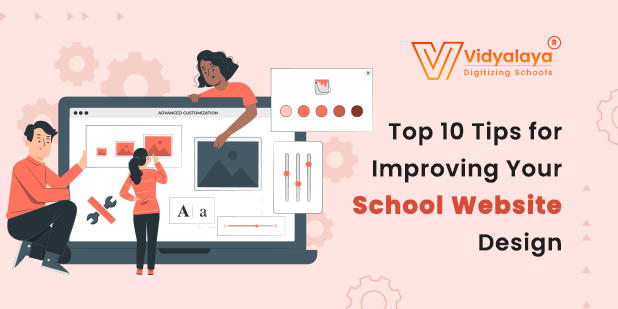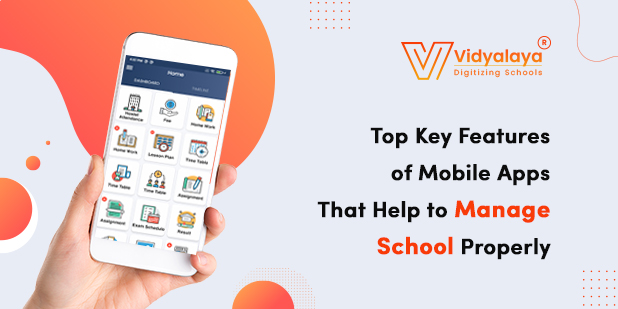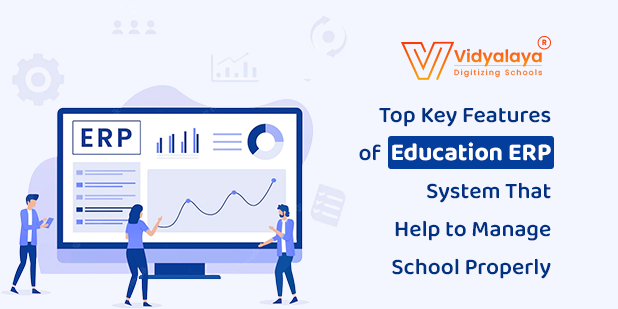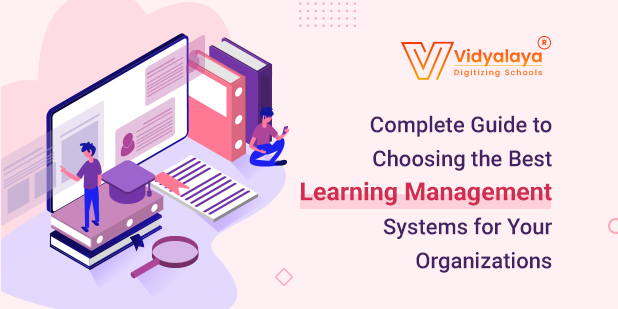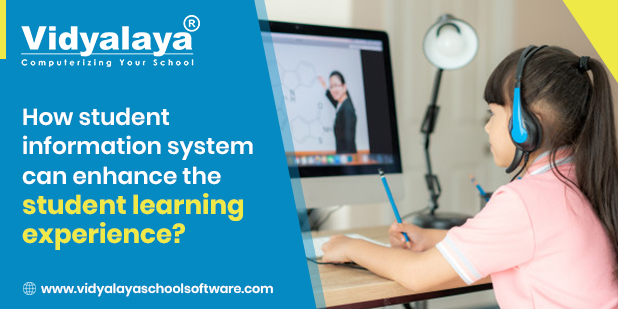We are living in an era where students’ requirements are constantly evolving. It is tedious for teachers to keep pace with the requirements. Even reports show how this challenging struggle is becoming more complex. Almost 84% of educators feel stressed due to these volatile requirements and find themselves unable to cope. Every other day, teachers grapple with the overwhelming task of providing personalized instructions to each student, which significantly affects a teacher’s well-being. Amidst these challenging situations, student information software can alleviate the burdens and improve the learning experience for the students. With the help of data analytics and student information, the software aids teachers in coming up with personalized learning strategies to cater to individual needs effectively.
What is Personalized Learning?
Personalized learning is like a tailor-made learning experience that addresses the different needs of students like pace and interests. The personalized learning plan is a special plan designed to understand the unique needs of students and deliver customized programs to make them more relevant and apt.
Students possess various abilities, varying in creative skills, social and competency skills, and varied physical abilities. Personalized learning addresses the uniqueness of each student and comes up with learning plans that are prepared by considering the student’s needs and interests. This student-oriented approach provides a choice for students and gain more control over their learning experience. Have a look at what the personalized learning offers to educators:
- It increases student engagement
- It helps to improve student achievement
- Helps to blend and implement conventional and modern learning techniques.
- Meet the lesson’s academic standards.
What are the Key characteristics of Personalized Learning?
Following are some of the key characteristics of personalized learning:
- Diverse Learning Strategies: Different learning modalities and forms of access.
- Choice and freedom: Learners can exhibit their learning styles and preferences.
- Demonstrating learning: demonstrate competence using blended learning tools
- Co-planning learning: All stakeholders- parents, teachers, and students are on the same page.
How does a Student Information System aid in Personalized Learning Strategy design?
Five strategies can help students personalize the learning journey in their own way. Let’s have a look at that:
1. Determine an objective and let students become Proactive:
Allowing students to come up with their own ideas about finding solutions to problems or reaching goals is one of the effective strategies. When you increase student participation and encourage them to become more proactive, then they are more likely to feel motivated.
For example, asking students to choose any medium for assignment completion, will help to connect them. Give them the freedom to choose their own technology or delivery methods so that they come forward and improve interest.
A Student Information System can help identify students’ interests and the latest trends. It gives students the chance and space to pave their path or try different things.
According to different market reports, online classrooms bring improved engagement and attention. However, recorded lectures or webinars can address only some parts of knowledge which may induce incomplete educational flow. The solution to this is to encourage students to participate in live webinars or conferences. Educators can prepare students for professionally driven webinars by asking them to come up with questionnaires to participate in Q&A sessions. Online classroom software can help in this by providing the tool for such interactive and effective sessions.
3. Inspire students to demonstrate knowledge:
Understanding and explaining what is learned is one of the important aspects of the education process. Personalized learning enables students to show what they have learned and make their own choices. Educators can ask students to show or present their findings in different ways to evaluate the competencies. Asking them to choose projects on their own and conduct relevant research is one of the popular and effective ideas. Educators can go with different expressive mediums like essay writing, topic elaboration, group discussion, etc, to check the understanding and respect the student’s choice. Educators can adopt a Student Information system, that stores detailed information about student interests, grades, strengths, and weaknesses from which teachers can estimate the findings and analyze them for improvement.
4. Effect of gamification and reflective learning:
Educators struggle to find different ways to keep the learners engaged. An online classroom software can help you with this by offering different techniques. The software provides innovative approaches for student engagement like gamification and reflective learning. Gamification integrates game-like aspects into learning to improve interest and participation. This approach works best for introverted students who hesitate to express their feelings and need encouragement. With reflective learning, educators can monitor the student’s progress and help students to reflect on their learning styles and performance.
5. Get help from an edtech Tool:
Edtech tools are bliss for both students and educators. They help to create a personalized and user-friendly learning environment where diverse learning requirements are fulfilled. Compared to the manual approach, these tools serve the sector with innovation and transparency. They can:
- Create a platform where all stakeholders- parents, teachers, and students can communicate and get connected.
- Improve and maintain learner engagement by introducing diverse mediums like videos, graphics, etc. through online classroom software.
- Complete command over tedious workflow like admission, attendance, and progress tracking through user analytics.
- Introduce and implement new learning paths and activities to cater to student’s unique needs.
Concluding Words!
Personalized learning has become a paradigm shift in the education sector that tailors learning experiences catering to individual learners’ needs. Looking at the potential benefits offered by these tactics, the future is said to be more promising. It can change the monotonous educational processes to be more dynamic, engaging, and inclusive. And a Student Information System is key to finding the best strategy to enhance the learning experience, more institutes are looking to make this paradigm shift.
Vidyalaya always facilitates the education sector with innovative products and Student Information Software is one of the most-demanded products worldwide. Our robust SIS system is the essential cornerstone for modern education institutes that adapt their programs to meet changing student needs. Collaborate with us to know more!





